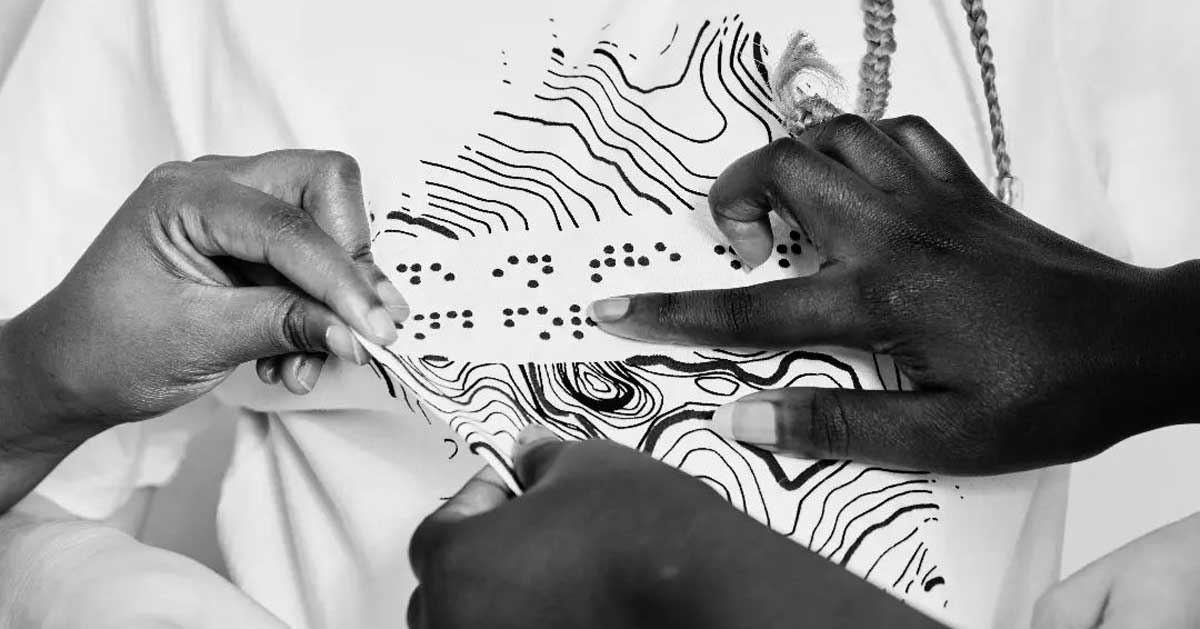This April, in recognition of Autism Awareness Month, LEGO is partnering with KultureCity to make stores more accessible for all LEGO lovers.
In an official announcement video for the LEGO Group, KultureCity executive director Uma Srivastava talked about the nonprofit’s collaboration with LEGO House in Denmark and stores across North America.
“KultureCity is a nonprofit focused on sensory inclusion and accessibility,” said Srivastava. “We train employees to be more empathetic for those who have sensory needs that might vary from person to person.”
The KultureCity stamp of approval comes with all-new comprehensive staff training across the board and ensures that every LEGO store offers “sensory bags” created by a team of research professionals and neurodivergent developers.
“The sensory bags include noise-reducing headphones, a visual cue card that helps individuals better communicate, three different types of fidget tools, strobe-reduction glasses — these help filter out a lot of bright lights — and a VIP lanyard,” Srivastava explained. “These lanyards help staff better identify that somebody has a sensory need.”
Duanys, a LEGO store manager in Flatiron, New York City, said that he’s already seen how the training and inclusion initiative has reshaped shopping experiences for customers.

“The KultureCity training equipped us to meet our guests where they’re at,” Duanys shared. “There might be somebody out there who might not be confident to walk into the LEGO store, but now they’ll be more inclined to come in.”
“There’s so much you can do,” said Liam, a pre-teen LEGO fan who got an early look at the new shopping experience. “There [are] limitless possibilities.”
Life-long LEGO customer Sean said that the added accessibility measures would have been life-changing for him when he was a kid.
“Every person wants to feel a part of a community, every person wants to feel that a public space is for them,” Sean said.
“If I’m going through a difficult moment and I feel myself struggling, knowing that I can trust somebody in the store and that they’re educated, they’re understanding, and they’re willing to help — it can’t be replaced.”

LEGO isn’t afraid to put their money where their mouth is. This year, the LEGO Foundation’s Play for All Accelerator program disbursed over $11 million in grants to five organizations that center on the development of innovative toys, products, and services for neurodivergent children around the world.
Gina Gómez de la Cuesta — a clinical psychologist and founder of the organization Play Included — said that the impact from LEGO’s funding has been monumental.
“By applying learning through play specifically designed for the practical needs of our community, neurodivergent children are encouraged to strengthen collaboration, communication and problem-solving skills,” Gómez said in a company statement. “It also provides an opportunity for schools to encourage self confidence in difference and build towards a foundational change, needed for a more inclusive world that celebrates and enables our uniqueness.”
LEGO has been an industry leader in accessible play for years. Their latest efforts in social inclusion coincides with the mass production of LEGO Braille bricks sets for those that are blind or have low vision.
.jpg)
“It’s been a fantastic journey collaborating with children, families and experts from around the world to develop the product and activity packs,” said Rasmus Løgstrup, LEGO group lead designer on LEGO Braille bricks. “We know this is a strong platform for social inclusion and can’t wait to see families get creative and have fun playing with Braille together.”
Blind content creator Anthony S. Ferraro recently shared a TikTok video about the joy of using LEGOs to leave notes for his wife and potentially teach his baby daughter Braille.
“You don’t understand how epic this is,” Ferraro said as he combed through bowls of LEGO bricks. “My whole life I’ve wanted to play with these things.”
Header image courtesy of LEGO



